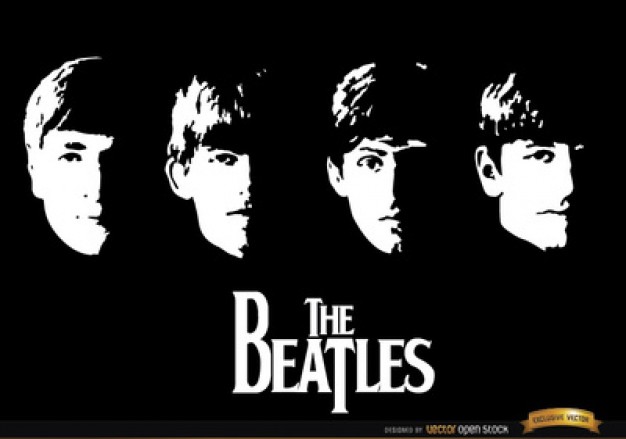A DIDACTIC UNIT BASED ON THE BEATLES? TRY YOUR HAND
All forms of art are an unquestionable high cultural expression of any society at any point in history. Art is present in all cultures, irrespective of their level of social progress, cultural level, cultural minorities, or whatever the variable we may think of. It is very likely that this human expression is inherent to our very nature.
Music represents one of the most popular forms of art and certainly it brings about plenty of possibilities when it comes to teaching a foreign language. Somehow, with the appropriate tools and some imagination, we as FL teachers can take advantage of music by engaging children in attractive learning contexts.
As Read (2007) notes, children love rhythm, music and movement; and the use of songs contributes to learners´ overall social, linguistic, cognitive and emotional development. In this sense, when children start learning a FL, songs play a special role in providing them with authentic and enjoyable input.
According to Gardner´s theory of multiple intelligences (1983), the use of songs in the classroom stimulates several intelligences: verbal, musical, interpersonal, intrapersonal and kinesthetic; since a song involves lyrics, music, sharing with other (interaction), reflection on the meaning and even physical reaction (i.e. physical response to meaning).
Another relevant theory on the grounds of the use of songs in the FL class is Krashen´s affective filter. In Krashen´s view, the students´ positive attitude is essential for effective learning; therefore, teachers should strive for the creation of a positive, pleasant and anxious-free environment in which learners feel relaxed. In this light, the use of songs has stood the test of time in FLT because of their potential to motivate and create willingness to understand and use the FL.
The Beatles? Certainly the kind of music that shall be remembered for generations… So, you may think of this post as a humble contribution to let our young learners discover some of those wonderful classics.
«There is a Place» is an owesome one and a half minutes work of art wrote by two very youg musicians called Paul and John. Taking this song as springboard for a didactic unit may be a rewarding challenge, especially if you love The Beatles like we do.
The unit may be designed for students in the 5th form. Concerning curricular connection, we may think of different objectives to be covered in its implementation, from the development of phonetic awareness to the knowledge of one of the most outstanding and representative groups from the British culture. From a linguistic perspective, students may get familiar with instruments, descriptions and physical appearance (recycled), present and past tenses (comparing life in the 60 with today´s society, the technological revolution…), amongst others.
From a methodological viewpoint, in accordance with the PBL model , it seems obvious that children should be asked to come up with a final product which results meaningful and purposeful. In this case, the “ludic” factor may be a contest where students are asked to imitate a karaoke version of a song by The Beatles; in addition to the digital applications that shall contribute to the gamification of the classroom.
This proposal may engage children in active group dynamics through varied activities like treasure hunts, questions games (Kahoot), purposeful listening and evetually the creation (with the appropriate teacher´s support according to their linguistic competence) of a new version of the song backed up by this karaoke version. A possible result may be:
«there is a school
where i can play
when i feel great
where i feel cool
yes it’s my school
and yes its true, jusl let me say
i think you can
just have some fun
if you believe
just what i say.
in my school you won´t be lonely
and you know it is so
and all mates will make you love it
and for you is this song
there is a school
whose name you know
which loves you so
we are your friends
and it’s our school
yes it is true believe this song»
If you have any proposal to be shared, just let us know. It shall be a pleasure to read and publish it.
READ, C. “500 Activities for the Primary Classroom”. Macmillan. 2007.



